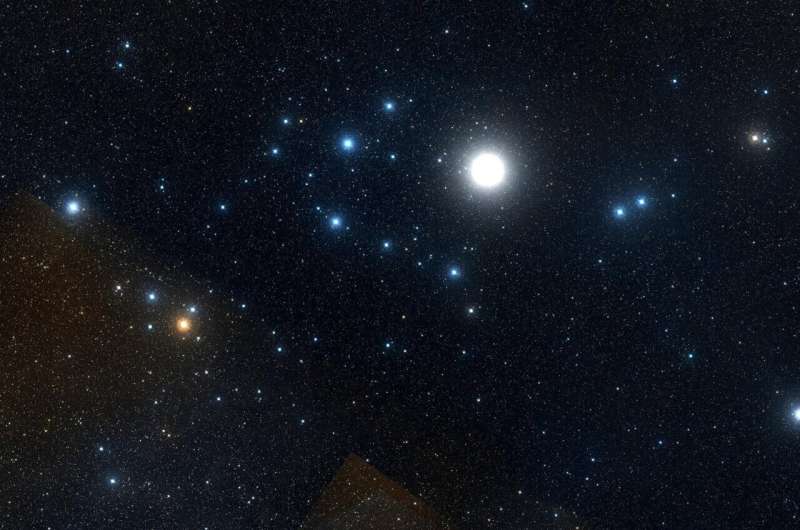The Alpha Persei star cluster, captured in an optical image from the second Digitized Sky Survey (DSS-II), reveals its early formation within the Alpha Persei family. This cluster stands as a symbol of its lineage. Credit: ESO/STScI Digitized Sky Survey II
An international team of astronomers, spearheaded by the University of Vienna, has unveiled the intriguing formation history of young star clusters, some visible to the naked eye in the night sky. Led by Cameren Swiggum, João Alves, and Robert Benjamin, the team’s findings highlight that the majority of nearby young star clusters can be categorized into just three distinct families, originating from highly massive star-forming regions.
This groundbreaking research sheds light on the impact of supernovae, explosive events marking the end of massive stars’ lives, on the creation of vast gas structures within galaxies like our Milky Way. The study’s outcomes have been published in the prestigious journal Nature.
“Young star clusters serve as invaluable tools for unraveling the Milky Way’s history and structure. By delving into their past movements and origins, we gain crucial insights into our galaxy’s formation and evolution,” explains João Alves from the University of Vienna, a co-author of the study.
Utilizing precise data from the European Space Agency’s Gaia mission and spectroscopic observations, the team meticulously traced the roots of 155 young star clusters within a 3,500 light-year radius around the sun. Their analysis unveiled that these star clusters can be grouped into three families with shared origins and formation circumstances.
“This discovery suggests that these young star clusters emanate from only three highly active and massive star-forming regions,” notes Alves. These three stellar families are named after their most prominent star clusters: Collinder 135 (Cr135), Messier 6 (M6), and Alpha Persei (αPer).
“These revelations provide a deeper understanding of the interconnectedness of young star clusters in our galactic vicinity, akin to members of a family or ‘bloodlines’,” remarks lead author Cameren Swiggum, a doctoral student at the University of Vienna. “By scrutinizing the 3D movements and historical positions of these star clusters, we can pinpoint their shared origins and locate the regions within our galaxy where the initial stars in these clusters formed nearly 40 million years ago.”
2024-06-10 11:00:02
Article from phys.org
